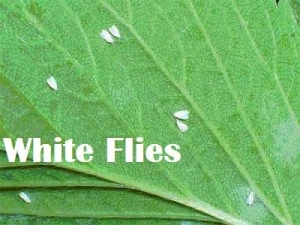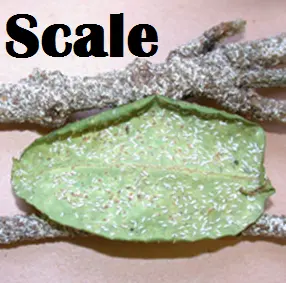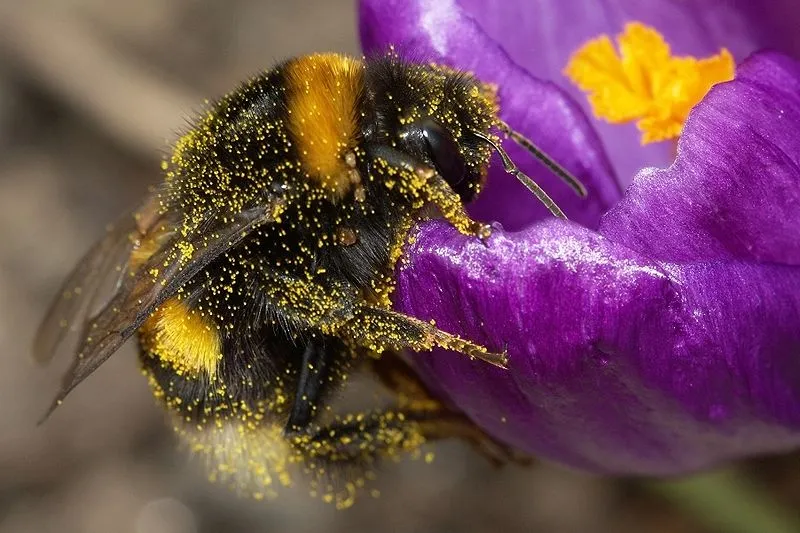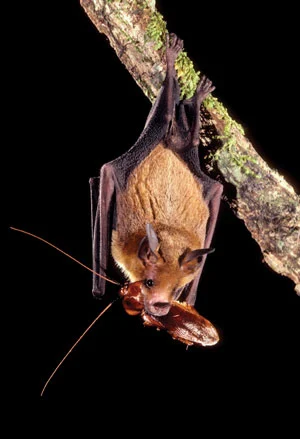
Our Blog
Use our blog as a resource of information pertaining to lawn and landscape maintenance information and services for your properties.

Use our blog as a resource of information pertaining to lawn and landscape maintenance information and services for your properties.

 Trees and shrubs are important parts of our landscapes. Trees provide shade and clean the air and shrubs fill spaces throughout our landscapes. If you have evergreen trees and shrubs, you can have color year round! Pests and diseases can be natural risks that come along with them though…While they might not kill the shrubs and trees outright, they can cause extra stress on them, making it difficult to survive during extreme weather such as summer drought and heat. Being an aware and engaged homeowner, may work to your, and your landscape’s advantage.
Trees and shrubs are important parts of our landscapes. Trees provide shade and clean the air and shrubs fill spaces throughout our landscapes. If you have evergreen trees and shrubs, you can have color year round! Pests and diseases can be natural risks that come along with them though…While they might not kill the shrubs and trees outright, they can cause extra stress on them, making it difficult to survive during extreme weather such as summer drought and heat. Being an aware and engaged homeowner, may work to your, and your landscape’s advantage.
 Late spring and early summer is when pests emerge to start feeding. Beetles, mites, caterpillars, scale and white flies can defoliate a tree or shrubs within days. Beetles and caterpillars are leaf-chewing, while mites, scale, and white flies suck the juices from the leaves, flourishing in hot, dry weather. Scale insects produce a sticky substance called “honeydew” that coats objects between the tree/shrubs branches, this sticky film, in turn, holds sooty mold. White flies swarm up in clouds when infested plants are disturbed.
Late spring and early summer is when pests emerge to start feeding. Beetles, mites, caterpillars, scale and white flies can defoliate a tree or shrubs within days. Beetles and caterpillars are leaf-chewing, while mites, scale, and white flies suck the juices from the leaves, flourishing in hot, dry weather. Scale insects produce a sticky substance called “honeydew” that coats objects between the tree/shrubs branches, this sticky film, in turn, holds sooty mold. White flies swarm up in clouds when infested plants are disturbed.
Chemicals aren’t always the best solution when it comes to getting rid of a pest; beneficial insects can also be killed, as we have seen with bees. Let nature help you by finding a predator. Lady bugs, soldier beetles, praying mantis, spiders, and some type of wasps can help keep your landscape...
 If you are an avid gardener, you know how great it is to have bumble bees in your garden. Not honey bees, but bumble bees. Bumble bees are friendlier than honey bees and typically, will not sting unless they are being handled roughly or harmed. Unlike honey bees, they do not “swarm”, nor do they attack like wasps. They do not live in hives or make large amounts of honey, but they have equally important roles in the ecosystem. This is why we need to attract and encourage bumble bees into our yards.
If you are an avid gardener, you know how great it is to have bumble bees in your garden. Not honey bees, but bumble bees. Bumble bees are friendlier than honey bees and typically, will not sting unless they are being handled roughly or harmed. Unlike honey bees, they do not “swarm”, nor do they attack like wasps. They do not live in hives or make large amounts of honey, but they have equally important roles in the ecosystem. This is why we need to attract and encourage bumble bees into our yards.
Humans have known the value of bees in agriculture for centuries. They are the most effective pollinators in the world and an invaluable resource in agriculture technology. About two-thirds of the world’s crops rely on bees and other pollinators; without them, there would be no fruits or vegetables. As a society, we are just starting to realize their power in bolstering the health and productivity of the home garden. Bees are just too important to be ignored.
By creating a more “bee friendly” yard and landscape, it will be easier for you to attract bees and keep them coming back! Avoid pesticides! Bumble bees, and other pollinators, respond to insecticides and herbicides commonly used for controlling Japanese beetles and Emerald ash borer. Even minimal exposure can cause bees to have problems flying, and they can lose their sense of taste. Planting flowers that...
 One of the first things to do each season is to start with a good spring clean-up; an all-over clean up and review of your lawn & landscape (including plants, shrubs, trees, and their beds). Fallen branches, debris that has been blown in from the neighbor’s yard, and “gifts” the snow plow delivered (chunks of sod, anyone??) all need to be removed. It is a huge part of maintaining a clean, crisp, great looking landscape.
One of the first things to do each season is to start with a good spring clean-up; an all-over clean up and review of your lawn & landscape (including plants, shrubs, trees, and their beds). Fallen branches, debris that has been blown in from the neighbor’s yard, and “gifts” the snow plow delivered (chunks of sod, anyone??) all need to be removed. It is a huge part of maintaining a clean, crisp, great looking landscape.
For starters: Remove debris. Strong winds, heavy snow, and even rain can bring down tree limbs. Twigs, leaves, garbage, and other debris can be blown in from neighboring properties, and then covered up by snow- unbeknownst to you! All these things need to be picked up and removed from the property.
Break up the snow mold on the lawn: When snow lingers on the lawn for too long, especially when the large piles of snow sat for months, the grass can become infected. The best thing to do is lightly rake the area to break up the mold and promote some air flow. The new grass growth will quickly fill in. Problem solved.
Pruning: As soon as the weather begins to warm up in late winter and very early spring, plants should be uncovered (if covering took place at you fall clean up) and any dead dying or broken limbs should be pruned. Roses may also be pruned at this time. The goal is to encourage new growth, and “open it up” allowing air movement and sunlight to...
 In a blog article I wrote a few months ago I sang the praises of bees, and why they are so important within the ecosystem, why you should want them in your yard, and what you can do to attract them to your garden for pollination. Did you know that bats are important pollinators too? And THE BEST organic pesticide there is? It’s true! Need some convincing? Here it goes.
In a blog article I wrote a few months ago I sang the praises of bees, and why they are so important within the ecosystem, why you should want them in your yard, and what you can do to attract them to your garden for pollination. Did you know that bats are important pollinators too? And THE BEST organic pesticide there is? It’s true! Need some convincing? Here it goes.
For starters, bats are helpful, and not as bad as some make them out to be. They have got an undeserved reputation for being gross. Bats are the only mammals that can truly fly- their wings are actually hands- that have adapted for flight. They are very flexible, and able to move independently, and, as mammals, they actually spend a great deal of time cleaning their fur! Bats have no more incidences of rabies than other mammals, in fact, less than 1% of bats are said to be infected with rabies, and transmission from bats accounts for 1 death per year in the US. (A statistic much less than that of dog bites and lightning strikes. Weary of Vampire bats? Don’t be! Of the 1200+ species of bats in the world, there are only 3 that feed on blood of livestock (by licking, not sucking), and all 3 types live in Latin America. No worries!
The pre-dominant role of bats in the echo-system, is that of insect predators and plant pollinators. In one night, a single bat can eat 3,000-7,000 insects, including mosquitoes. Fruit bats have...
Just complete the form below to get a pricing quote.
